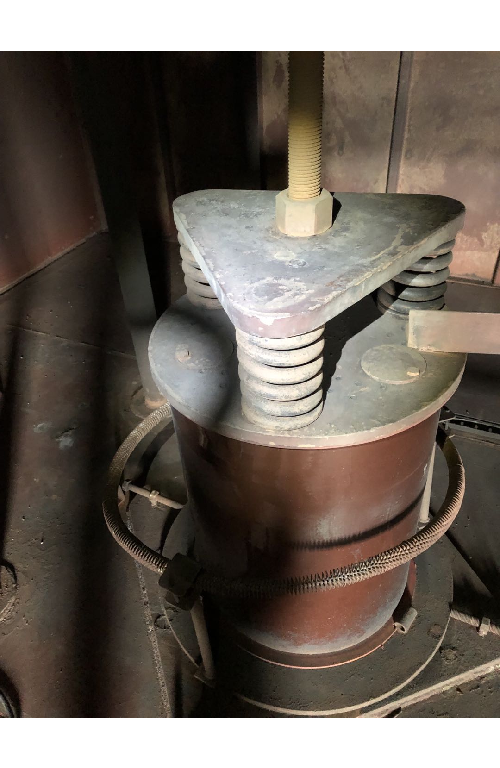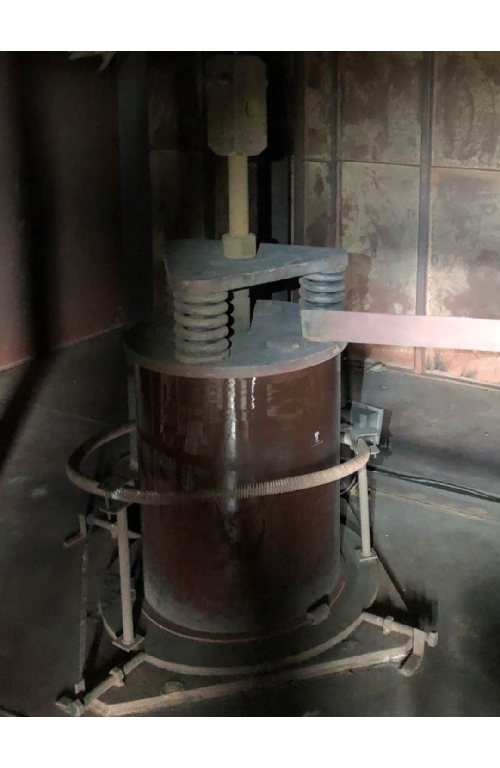La Chance Au Rendez-vous: Découvrez Les Richesses Du Code promo Viggoslots Mon compte Et Plongez Dans L'Univers Enivrant Des Jeux De Hasard!
Au Fiable Casino Site Web pour les Joueurs Français, Free spin Viggoslots Liste se distingue par sa vaste sélection de jeux, allant des machines à sous aux jeux de table en passant par les options de croupier en direct. Cette plateforme de jeu offre une expérience immersive aux joueurs, avec des titres populaires tels que "Book of Dead" et "Starburst" provenant de fournisseurs renommés comme NetEnt, Microgaming et Betsoft. Les passionnés de jackpots progressifs trouveront également leur bonheur avec des jeux offrant des cagnottes alléchantes atteignant parfois des centaines de milliers d'euros.
En plus de sa ludothèque impressionnante, Review Viggoslots Voir le réglement accorde une importance particulière à la satisfaction de sa clientèle française. Les options de paiement sont diversifiées pour permettre des transactions en toute facilité, que ce soit par carte bancaire, portefeuilles électroniques, ou même solutions de paiement alternatives. De plus, le service clientèle réactif et disponible 24h/24 fournit une assistance personnalisée aux joueurs en cas de besoin, renforçant ainsi la réputation de fiabilité de ce Fiable Casino Site Web pour les Joueurs Français.
La sécurité des joueurs est une priorité absolue pour Inscription Viggoslots Vip, qui utilise des technologies de cryptage de pointe pour garantir la confidentialité des données personnelles et financières. Avec des licences de jeu délivrées par des autorités respectées telles que la Malta Gaming Authority, les joueurs français peuvent profiter de l'univers des jeux de hasard en toute tranquillité d'esprit. Les promotions régulières et les bonus attractifs offerts par ce casino en ligne ajoutent une dimension supplémentaire à l'expérience de jeu, offrant aux joueurs la possibilité d'augmenter leurs gains et prolonger leur temps de jeu.
En explorant Bonus de bienvenue Viggoslots Paiement rapide, les joueurs français découvrent un cocktail captivant de divertissement et de gains potentiels. Avec une interface conviviale adaptée aux appareils mobiles, les passionnés de jeux de hasard peuvent profiter de leur expérience de jeu où qu'ils soient. Que vous soyez un amateur de machines à sous ou un adepte de la roulette en direct, ce Fiable Casino Site Web pour les Joueurs Français offre une variété de choix pour satisfaire toutes les préférences. Plongez dans l'univers enivrant de et laissez la chance vous sourire!


